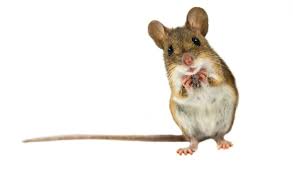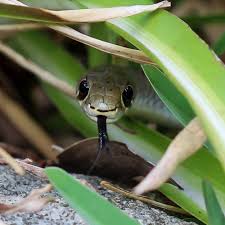Se-tenant: The Gruffalo (United Kingdom of Great Britain & Northern Ireland 2019)
The Gruffalo (United Kingdom of Great Britain & Northern Ireland 2019)
10 October (United Kingdom of Great Britain & Northern Ireland ) within release The Gruffalo (2019) goes into circulation Se-tenant The Gruffalo face value 3*1st No Face Value
| Se-tenant The Gruffalo in catalogues | |
|---|---|
| Colnect codes: | Col: GB 2019-14A |
Se-tenant is horizontal format.
Face value £0.70 per stamp on day of issue.Also in the issue The Gruffalo (2019):
- Stamp - Fox face value 1.55;
- Stamp - A Mouse Took A Stroll face value 1.60;
- Stamp - All Was Quiet In The Deep Dark Wood face value 1st;
- Stamp - Snake face value 1.55;
- Se-tenant - The Gruffalo face value 3*1st;
- Souvenir Sheet - The Gruffalo face value 4.50;
- Stamp - Mouse face value 1st;
- Stamp - Roasted Fox face value 1.60;
- Stamp - Owl Ice Cream? face value 1.60;
- Stamp - Scrambled Snake face value 1st;
- Souvenir Sheet - The Gruffalo face value 10.40;
- Stamp - Owl face value 1st;
- Se-tenant - The Gruffalo face value 3*1.60;
- Stamp - Gruffalo Crumble face value 1st;
Se-tenant The Gruffalo it reflects the thematic directions:
Biologically, a child (plural: children) is a human being between the stages of birth and puberty. The legal definition of child generally refers to a minor, otherwise known as a person younger than the age of majority. Child may also describe a relationship with a parent (such as sons and daughters of any age) or, metaphorically, an authority figure, or signify group membership in a clan, tribe, or religion; it can also signify being strongly affected by a specific time, place, or circumstance, as in "a child of nature" or "a child of the Sixties". There are many social issues that affect children, such as childhood education, bullying, child poverty, dysfunctional families, child labor, hunger, and child homelessness. Children can be raised by parents, by fosterers, guardians or partially raised in a day care center.
A mouse (pl.: mice) is a small rodent. Characteristically, mice are known to have a pointed snout, small rounded ears, a body-length scaly tail, and a high breeding rate. The best known mouse species is the common house mouse (Mus musculus). Mice are also popular as pets. In some places, certain kinds of field mice are locally common. They are known to invade homes for food and shelter.
Snakes are elongated, limbless reptiles of the suborder Serpentes Like all other squamates, snakes are ectothermic, amniote vertebrates covered in overlapping scales. Many species of snakes have skulls with several more joints than their lizard ancestors, enabling them to swallow prey much larger than their heads (cranial kinesis). To accommodate their narrow bodies, snakes' paired organs (such as kidneys) appear one in front of the other instead of side by side, and most have only one functional lung. Some species retain a pelvic girdle with a pair of vestigial claws on either side of the cloaca. Lizards have independently evolved elongate bodies without limbs or with greatly reduced limbs at least twenty-five times via convergent evolution, leading to many lineages of legless lizards. These resemble snakes, but several common groups of legless lizards have eyelids and external ears, which snakes lack, although this rule is not universal (see Amphisbaenia, Dibamidae, and Pygopodidae).



